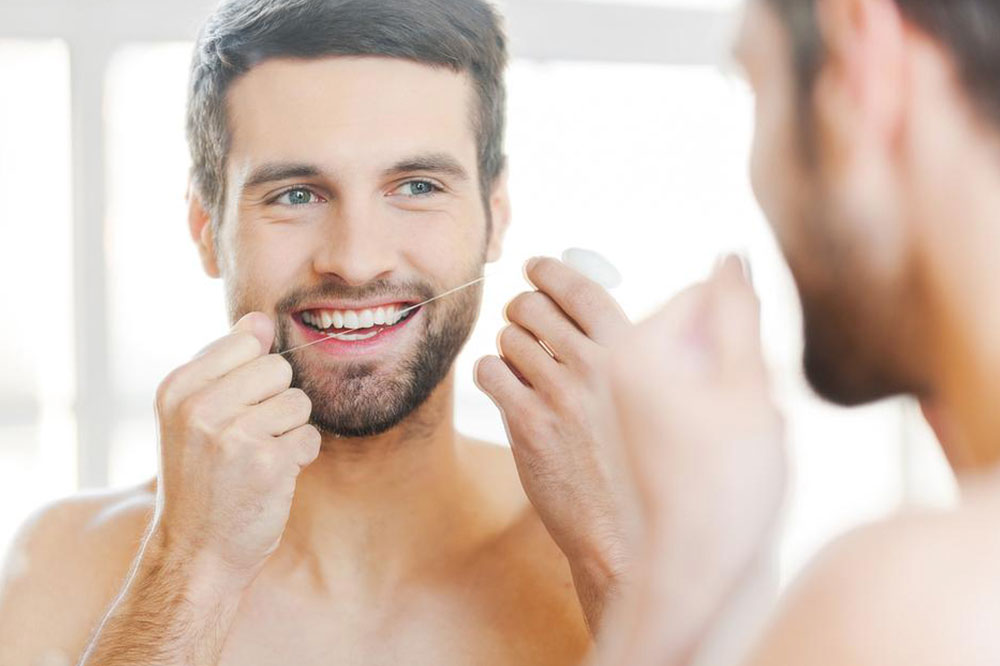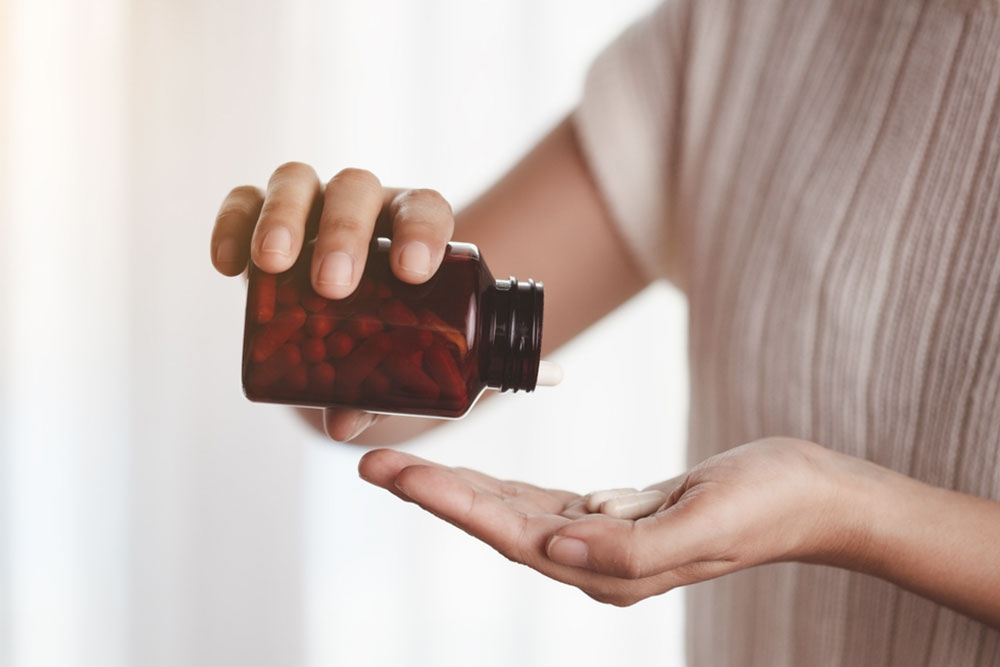Complete Guide to Tooth Discoloration: Causes and Effective Whitening Techniques
Discover the main causes of tooth discoloration, including intrinsic, extrinsic, and age-related stains. Explore effective whitening solutions, from natural remedies to professional treatments, and learn how to prevent staining through good oral habits. This comprehensive guide helps you maintain a bright smile and overall dental health.

Complete Guide to Tooth Discoloration: Causes and Effective Whitening Techniques
Tooth staining can result from various factors, including inadequate oral hygiene, smoking, and certain medications. Fortunately, many stains can be addressed through proper understanding and effective whitening methods. This article explores the different types of stains, their origins, and available whitening treatments to help you achieve and maintain a stunning, healthy smile. Keep reading to discover how to prevent discoloration and enhance your dental appearance.
Types of Tooth Stains
Tooth discoloration is mainly divided into three categories: intrinsic, extrinsic, and age-related stains.
Intrinsic Discoloration
These stains are embedded within the tooth structure, making surface whitening less effective. They often appear gray or dull and may result from:
Certain medications
Dental trauma
Decay or cavities
Excess fluoride consumption
Genetics
Extrinsic Staining
Surface stains caused by external factors that affect the enamel, such as:
Coffee, tea, and red wine
Certain foods
Smoking or chewing tobacco
Discoloration Due to Aging
As we grow older, enamel wears thinner, revealing the natural yellowish dentin, which can be worsened by other factors leading to visible discoloration.
Key Causes of Tooth Discoloration
Diet, aging, and injuries are primary contributors to changes in tooth color. Beverages like:
Red wine
Chocolate
Coffee
Red sauces
Tea
can stain teeth. Tobacco products, medications, and injuries may also cause staining. Age-related enamel erosion and certain drugs like antibiotics further influence tooth color.Color-Specific Causes of Stains
The color of stains can indicate their cause:
Yellow: From tobacco, tea, coffee, diets high in sugar, and poor oral hygiene
Brown: Due to smoking, dark beverages, berries, cavities, or tartar deposits
White spots: Often from fluorosis or initial decay
Black spots: From advanced decay, amalgam fillings, or iron supplements
Purple: Common with red wine consumption
Tips to Prevent Tooth Staining
Adopting healthy habits can minimize discoloration. Recommendations include:
Brushing and flossing soon after consuming pigmented foods or drinks
Using whitening toothpaste and rinses with peroxide
Avoiding smoking and tobacco products
Limiting intake of staining foods and beverages
When to Seek Dental Advice
If stains persist despite home treatments, see your dentist. Persistent discoloration may suggest underlying issues like enamel damage or cavities. Sudden changes after injury also require prompt dental evaluation. Regular dental visits help catch problems early.
Teeth Whitening Methods
Various whitening options exist for healthy teeth, ranging from OTC products to professional procedures. These include:
Whitening Toothpaste: Contains mild abrasives and chemicals to remove surface stains gradually.
Gels and Whitening Strips: Peroxide-based products that deliver visible results within days.
Whitening Mouth Rinses: Contain hydrogen peroxide and provide gentle whitening over several months.
Tray-Based Treatments: Custom or store-bought trays filled with bleaching gel, worn daily or overnight, with results in weeks.
Natural Whitening Solutions
For chemical-free options, consider natural remedies like:
Oil Pulling: Swish coconut, sesame, or sunflower oil for 15-20 minutes to reduce bacteria and brighten teeth.
Baking Soda: Using a baking soda paste can help remove surface stains over time.
Apple Cider Vinegar: Diluted vinegar rinses can kill bacteria and whiten teeth; use sparingly to prevent enamel erosion.
Diets rich in fruits like strawberries and pineapples can also support natural whitening. A bright smile conveys confidence and good dental health. Follow these tips for a radiant, healthy smile.

